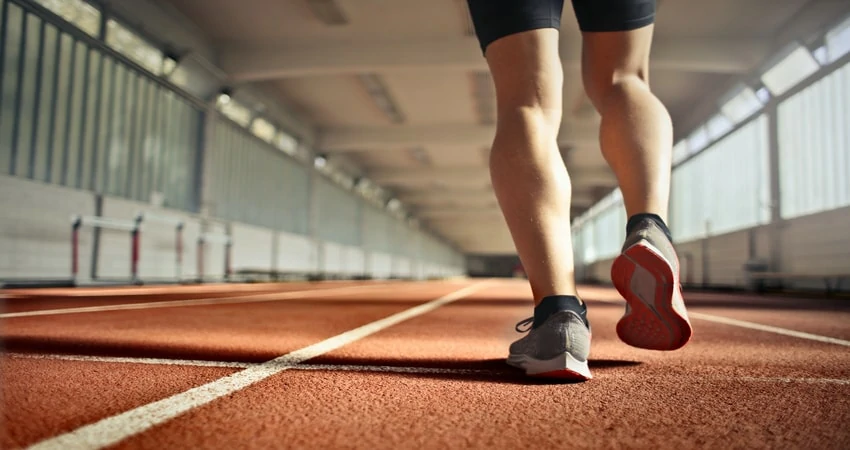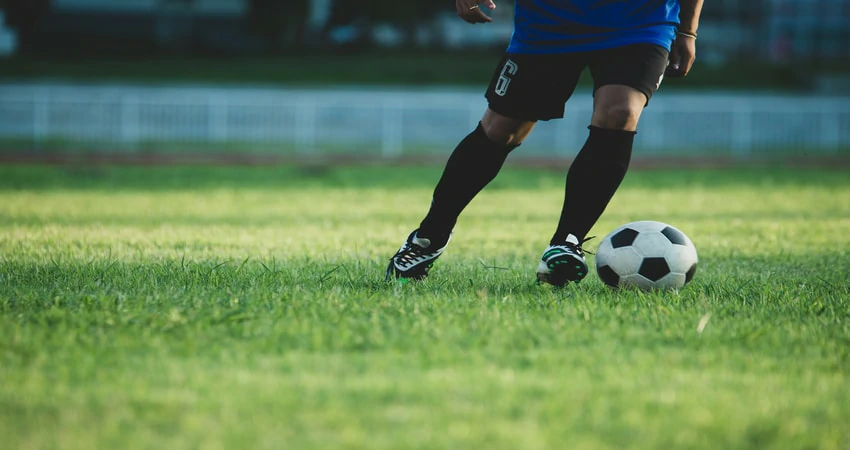A Beginner’s Guide To Sports Photography

Sports photography is one of the most demanding and interesting areas of photography, covering a wide range of sports. Sports photography maybe both amateur and professional. Photos of youngsters playing in nearby fields can be categorized as the former type of photography. However, when major professional athletic events are photographed, it falls under the genre of professional sports photography. Professional sports photographers are hardworking individuals who often work for newspapers, journals, and internet portals. In this beginner’s guide to sports photography, we are going to share some invaluable tips that can be handy during the event.
1. Learn the game.
Before you shoot for a sporting event, you must first understand the rules of the game. You should also be knowledgeable about the top players and their greatest moves. You’re good to go if you’re highly familiar with the games. If you aren’t, you may still look up information and view footage of previous games online. These will offer you suggestions for who to follow, what to look for, and when to take photographs.
2. Know the venue.
Aside from learning the rules of the game, it is also critical that you visit the site before the event begins. You should talk to the coaches and referees about what you can do and where you should stand. To acquire the optimal position, you need to look at the lighting of the venue. You should also think about how close the action is to your position. You may require some kind of pass before you are permitted to shoot for an event, so make that arrangement ahead of time.
3. Learn to use your camera.
If you are new to photography, you should have a good grasp of your camera’s ability and setting. The sports program advances quite fast, and you will seldom have time to double-check your settings. You should be well prepared to use manual and aperture priority modes on your camera. Keep our helpful guide to sports photography on hand as well for fast reference.
4. Use a fast shutter speed.
To freeze the actions, you need to use a fast shutter speed usually in the range of 1/500s to 1/2000s. For fast-moving subjects, you will need a faster shutter speed and vice-versa. For example, sprinting will require a relatively low shutter speed, but for motor racing, you would need a faster shutter speed.
5. Use continuous autofocus.
Using the camera in continuous autofocus mode, you can keep the subjects in focus even when their position changes in relation to the camera. Because subjects in most games move very fast, you may use these sports photography tips to improve your photographs if you don’t want to continually focus on them.
6. Shoot from a low angle.
Many sports photographers shoot from a low angle, like as from their knees, to create more dramatic images with a clean background. Taking photographs from such a low angle gives them a lot of depth. You may also use a monopod to keep the camera more stable and balanced.
7. Use a telephoto zoom lens.
Telephoto lenses may be used to take photographs from a distance. Telephoto lenses have a long reach and usually a focal length of 60 mm or more. A telephoto lens may be a zoom or a prime lens.
Telephoto zoom lenses are popular among sports photographers because they allow them to record actions from a distance by zooming in. Because zoom lenses have variable focal lengths, they may also be utilized for close-up subjects. To obtain spectacular photos from a distance, follow our guide to sports photography.
8. Turn your flash off.
When filming a sporting event, turn off your camera’s flash because it will be inefficient at adding more light to the scene. Furthermore, it may be disturbing to both the players and the spectators.
9. Use a wide-angle lens.
Telephoto zoom lenses are typically used in sports photography. However, in order to capture larger images in the field, you may need to utilize a wide-angle lens. This will give your viewers the impression that they are present on the field.
10. Use burst mode.
Burst mode captures several photographs in a sequence by pressing the shutter button down. It is mostly used in sports photography as the subjects are continuously moving.
11. Anticipate the action.
A good sports photographer has an incredible ability to predict the moves of athletes. They must anticipate and capture the players’ finest moves. They must also avoid being emotionally invested in the game. If they do so, they risk missing out on quality shots.
12. Manually set your ISO.
ISO, along with camera aperture and shutter speed, is the most important element for controlling exposure. If you’re photographing an outside event in broad sunlight, you can use a low ISO of around 400, but for indoor activities in gloomy conditions, you might require an ISO of 800-1200.
13. Use aperture priority mode.
Sports action photographers like to shoot in aperture priority mode. In this setting, the subjects are free of any distractions such as fields, grasses, and other distractions. This is accomplished by adopting a shallow depth of field in order to blur the background. The subjects will be more distinct with wider apertures. The majority of photographers utilize an aperture of f/2.8 to f/3.5.
14. Pay attention to the surroundings.
Many things are going on around you at a busy event. Keep an eye on your surroundings to avoid unwelcome mishaps such as being struck by a ball or being trampled by someone. Take extra care of your camera and other equipment.
15. Respects the officials, athletes, coaches, and staff.
When shooting for a professional sports event, you should pay close attention to how you interact with sports officials, athletes, coaches, and other personnel. Your reputation matters when you are doing sports photography on a regular basis.
16. Look for the story, drama, and emotions.
There must be sorrow for failure and pleasure for triumph in a sports event. There would be drama, emotions, and actions. Talented sports photographers are always on the lookout for images that convey a narrative. The tale adds to the beauty of sporting events.
17. Focus, Face, Action, Equipment.
Sports photographers strive to keep the following elements correct while photographing athletes.
Focus: Subjects need to be in the focus.
Face: The face should be clearly visible, especially the eyes.
Action: There must be some actions or emotional events taking place.
Equipment: The player holds the equipment like the bat.
18. Look for actions off the field.
Remember to have a look around the galleries, reserve benches, and other areas. There are a lot of reactions going on there too. You might be able to get some of the best pictures of the day in those places.
19. Take lots of photos and analyze them after the event.
During the sports event, take as many photographs as you can. You should take approximately 1000 photographs for a long event. When the event is over, go through the photographs and keep only the best of the bests—possibly 5-10 photos. You should bring a large data card with you to save photographs from the event.
20. Do not waste time chimping.
Chimping is the act of reviewing pictures after they have been taken. While it may be useful in some situations, you should attempt to avoid it as much as possible during the game because you may miss something important every time you do it. However, when you change a camera setting, it is usually a good idea to test it out with a few clicks to ensure that everything is in order. If you follow our guide to sports photography, you can definitely capture the best moments on the field.
21. Do some post-processing.
Even if you strive hard to get the best photos possible, a little post-processing may still work wonders. Both Photoshop and Lightroom may be used for post-production. Many photographers choose Lightroom because of its ease of use and speed. Lightroom Presets allow for one-click editing.
You may also read- How graphic design firms can make photographer’s life easier?
22. Adjust white balance.
White Balance adjusts the color temperature of a photograph. You may need to alter the white balance of your camera depending on the time and state of the scene. You may utilize white balance presets such as ‘Incandescents’, ‘Fluorescents’, and so on, or you can change the white balance manually in your camera.
Closing Words
Sports photography is undoubtedly difficult, but it may also be enjoyable for certain individuals. You can also be a successful sports photographer if you have passion, enthusiasm, and dedication. It might be difficult at times, but you should seek inspiration and guidance from others who are successful in this profession. Success should come naturally if you are diligent and passionate about your work. Follow our guide to sports photography, it will serve as a useful reference for you.

















